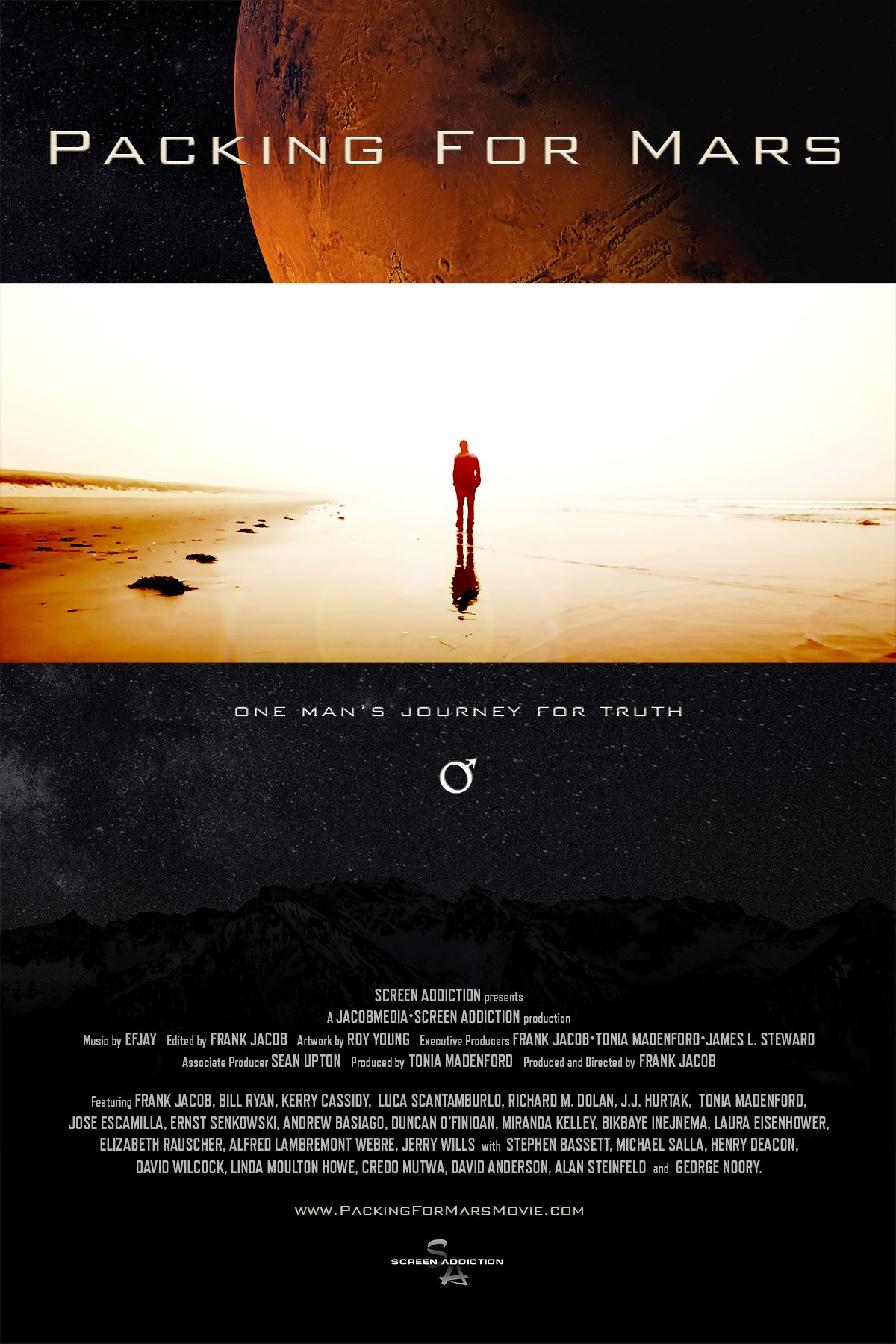
So a crossbar was hinged to the pole and a hem sewn along the top of the flag. And though it has only about a sixth the gravity of Earth, that is enough to bring a flag down in an inglorious droop. The moon has no atmosphere to speak of, and thus no wind.

The flag would fly.īut not without help from the NASA Technical Services Division.

Was it possible to plant a flag without appearing to be, as one committee member put it, "taking possession of the moon"? A telegenically inferior plan to use a boxed set of miniature flags of all nations was considered and rejected. The Outer Space Treaty, of which the United States is a signer, prohibits claims of sovereignty upon celestial bodies. The newly formed Committee on Symbolic Activities for the First Lunar Landing gathered to debate the appropriateness of planting a flag on the moon. It began with meetings, five months before the Apollo 11 launch. The paper is entitled "Where No Flag Has Gone Before: Political and Technical Aspects of Placing a Flag on the Moon." Vexillology is the study of flags, not the study of vexing things, but in this case, either would fit. Of the millions of pages of documents and reports generated by the first moon landing, none is more telling, to me anyway, than an eleven-page paper presented at the twenty-sixth annual meeting of the North American Vexillological Association. Packing For Mars: The Curious Science Of Life In The Void


 0 kommentar(er)
0 kommentar(er)
